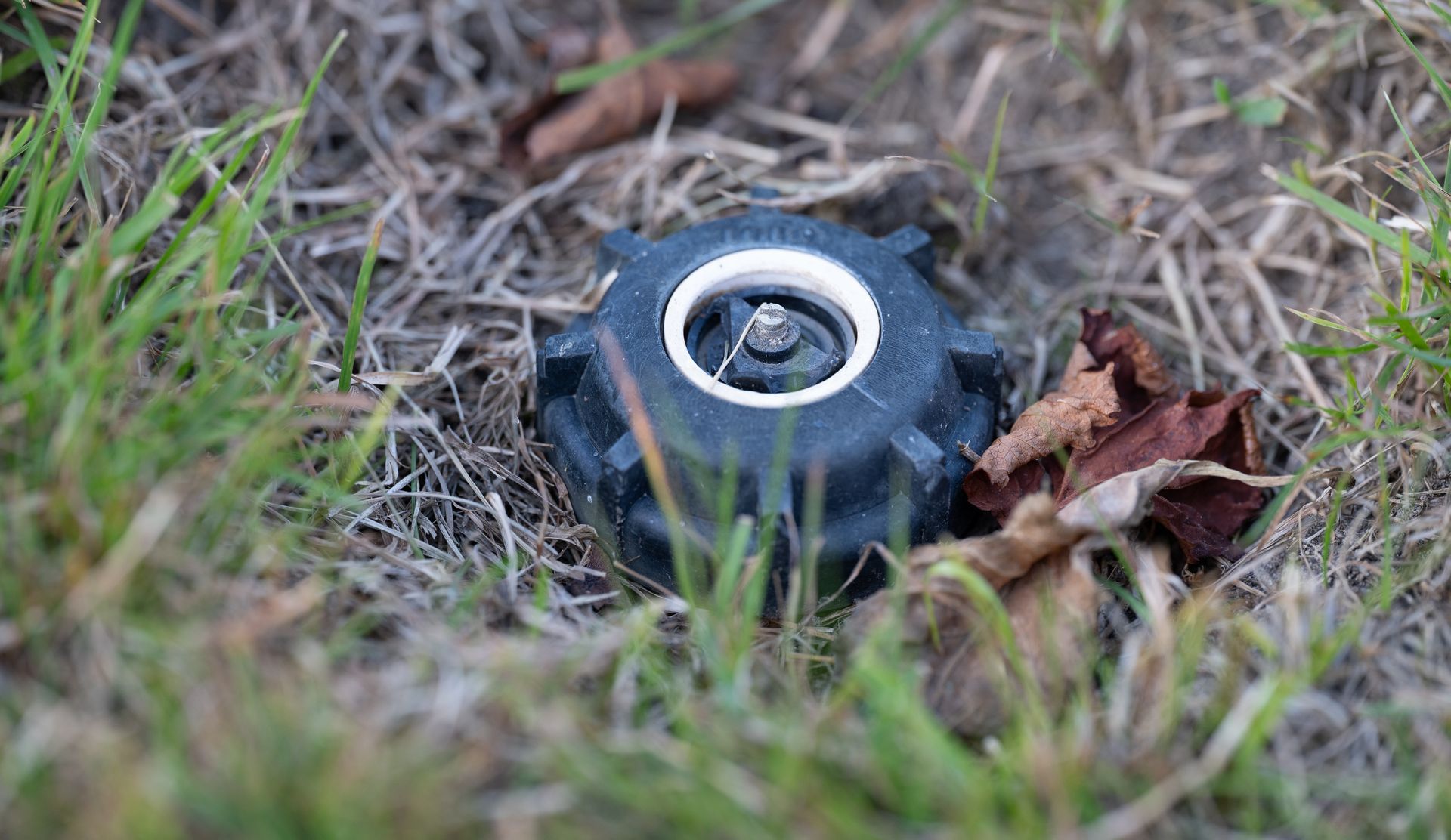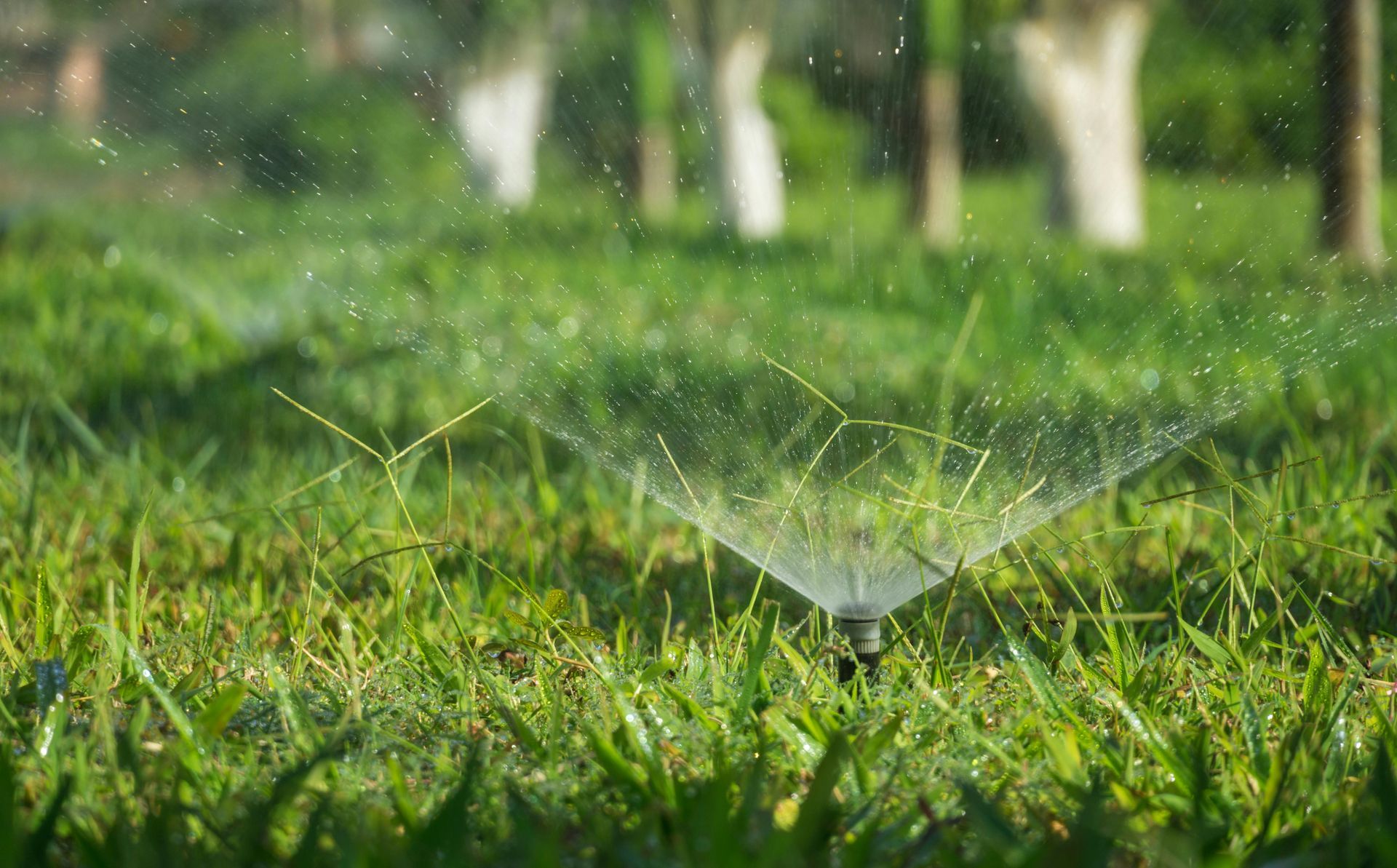Garden Drip Irrigation: A Step-By-Step Guide to Healthier Plants
Every gardener knows the heartbreak of watching thirsty plants wilt under the Arizona sun. No matter how much love you give them, without the right watering method, your garden can struggle to thrive. That’s where garden drip irrigation comes into play. By delivering water right where your plants need it—at the roots—this system saves time, conserves water, and helps your garden flourish even in hot, dry climates.
If you’ve been curious about drip irrigation but felt a little intimidated by the setup, don’t worry. This guide breaks it all down in plain language so you can understand how it works, why it’s a smart choice, and how professionals like Twisted Palms Irrigation can help bring it to life in your yard.
Why Garden Drip Irrigation is a Game Changer
Watering with a hose or sprinkler often means half the water evaporates before it ever touches the soil. In a desert environment like Tucson, that’s not just inefficient—it’s wasteful. Garden drip irrigation solves that problem by delivering water slowly and directly to the roots.
Benefits of drip irrigation include:
- Water savings: Uses 30–50 percent less water than sprinklers.
- Healthier plants: Consistent moisture keeps roots strong and reduces stress.
- Fewer weeds: Water goes only where you need it, so weeds don’t get free drinks.
- Less disease: By keeping leaves dry, drip irrigation helps prevent fungus and mildew.
- Flexibility: Systems can be customized for gardens, flower beds, shrubs, or even trees.
It’s like giving your plants a personal drinking straw instead of splashing them with a bucket of water. They get exactly what they need without the mess.
Components of a Garden Drip Irrigation System
Understanding the parts of a drip irrigation system helps you see how simple yet effective it really is.
- Mainline tubing: This is the backbone of the system, carrying water from your source to the plants.
- Emitters: Small devices that control the flow of water to each plant. They drip slowly to keep soil moist.
- Connectors and fittings: Used to join tubing and create custom layouts for your garden.
- Filter and pressure regulator: Prevent clogs and ensure the water flows evenly throughout the system.
- End caps: Close off the tubing so water doesn’t escape where it shouldn’t.
When you break it down, it’s not nearly as complicated as it might look in a store aisle. Think of it as putting together a giant Lego set, except instead of a spaceship, you’re building a healthier garden.
Step-By-Step Guide to Setting Up Garden Drip Irrigation
Installing garden drip irrigation can be done by DIY homeowners, but professional installation ensures maximum efficiency.
Here’s a simple breakdown of the steps:
Plan your layout
- Map out where your plants are and where the tubing should run.
- Consider grouping plants with similar watering needs together.
Install the mainline tubing
- Connect it to your water source and run it through your garden.
- Secure it with stakes to keep it in place.
Add emitters or drip lines
- Place them near the base of each plant for direct watering.
- Use adjustable emitters for plants with different water needs.
Connect filters and regulators
- Keeps water pressure balanced and prevents clogs.
Test the system
- Run water through it to check for leaks, clogs, or weak spots.
- Adjust as needed for even coverage.
Schedule watering times
- Set a timer to water early in the morning or evening to reduce evaporation.
With the right setup, you’ll be amazed at how little water it takes to keep your garden thriving.
Common Mistakes to Avoid with Drip Irrigation
Even though drip irrigation is fairly simple, there are mistakes that can reduce its effectiveness.
Here are some to watch out for:
- Overwatering: Just because it drips slowly doesn’t mean you should run it all day.
- Ignoring filters: Clogged emitters are the number one reason systems fail.
- Too much pressure: Without a regulator, water may gush instead of drip.
- Placing emitters too far: Emitters should be close enough to reach the root zone.
- Forgetting maintenance: Dirt, roots, and even insects can block parts of the system.
Avoid these pitfalls, and you’ll have a reliable system that keeps your plants happy year-round.
Maintaining Your Garden Drip Irrigation System
Once your system is in place, keeping it running smoothly is easier than you think.
Maintenance tips include:
- Flush the system regularly to clear debris.
- Check for leaks, especially at connectors and fittings.
- Replace clogged emitters as needed.
- Adjust the schedule seasonally—plants need more water in summer than in cooler months.
- Inspect tubing for cracks caused by sun exposure.
A little upkeep goes a long way. Think of it like brushing your teeth—it’s a simple routine that prevents bigger problems down the line.
Cost of Installing Garden Drip Irrigation
Wondering how much drip irrigation costs? The price depends on a few factors:
- Size of the garden.
- Type of plants being watered.
- Complexity of the layout.
- Professional installation vs DIY.
While upfront costs might seem higher than buying a cheap hose or sprinkler, the long-term savings are undeniable. You’ll reduce water bills, protect your plants, and spend less time hand-watering. Plus, with Arizona’s climate, the water conservation benefits alone make it worth every penny.
Get Professional Garden Drip Irrigation in Tucson, AZ
If you’re ready to give your plants the water they deserve, it’s time to invest in professional garden drip irrigation. At Twisted Palms Irrigation, we specialize in drip irrigation systems designed to keep your garden green and healthy without wasting water. Our team makes installation stress-free and ensures your system is customized to fit your yard perfectly.
Call us today at (520) 808-5483 to schedule your professional drip irrigation installation in Tucson, AZ, or the surrounding areas. In addition to drip irrigation, we also provide sprinkler system services and complete irrigation installations. With our help, your plants will thank you—and your weekends can be spent relaxing instead of wrestling with a garden hose.
FAQs
What plants benefit most from garden drip irrigation?
Almost any plant benefits, but it’s especially great for flowers, vegetables, shrubs, and trees.
How often should I run my drip irrigation system?
Most gardens do best with 2–3 sessions per week, depending on the season.
Can I install a drip system myself?
Yes, but professional installation ensures even coverage, prevents leaks, and saves you time.
Will drip irrigation work with my existing sprinkler system?
Yes. Many homeowners use hybrid systems combining both sprinklers and drip irrigation.
How long does a drip irrigation system last?
With proper maintenance, systems can last 10 years or more.






